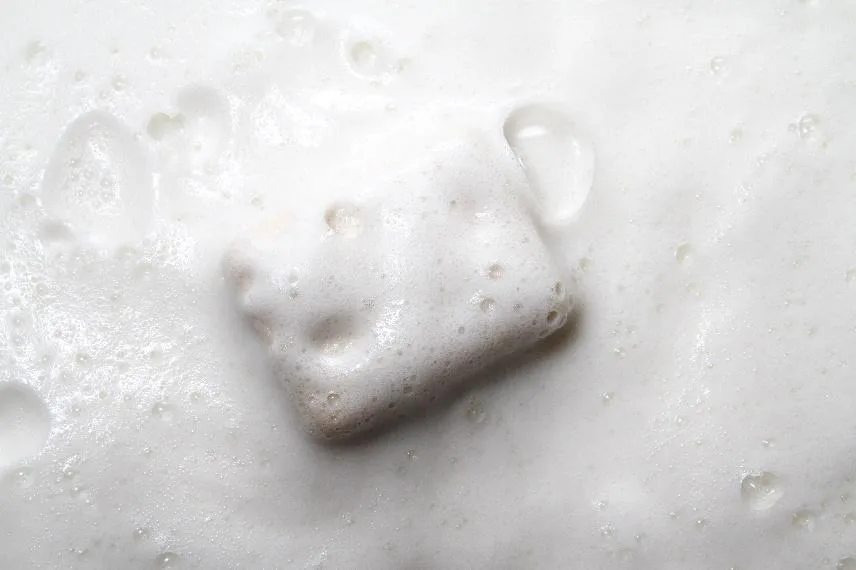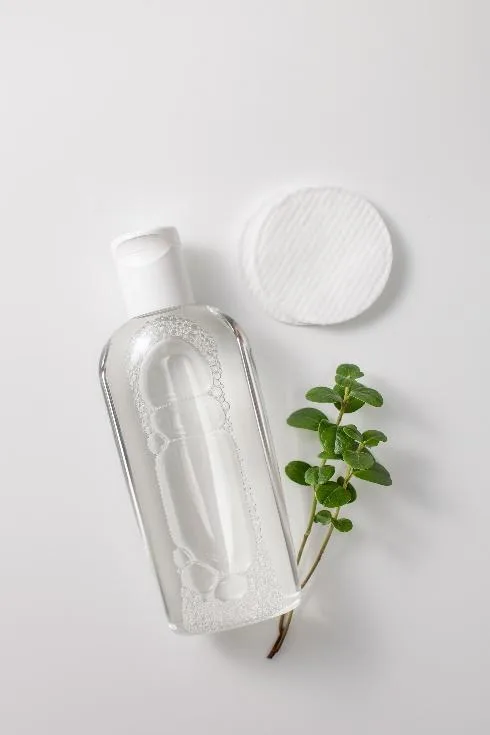Value at your desk. Contact Us
This is it!
The much awaited Dermpath review for residents and Board examinees!
The 17th Dermatopathology Review & Self-Assessment Course: Hybrid Edition
Schedule:
May 13 (Saturday): 7:30-4pm online lecture via zoom
May 14 (Sunday): onsite slide review/ Residents’ dermpath Quizbee
Location: Calderon hall, UP College of Medicine, Malate, Manila
Register in advance for this course! by clicking the link below
Fee
3,500 pesos
For details and inquiries, you may contact:
Dr. Chesca Quinio-Calayag
09177037269
PDS CME units to follow.
Watch out for updates and surprises waiting for all attendees especially the Dermpath Quizbee
Thank you and have a great long weekend
#DSPDermpathReview2023
– Chesca Quinio-Calayag and Erin Tababa- Santos
Course directors
Martha Joy Bruan-Tapales, RPh, MD, FPDS Head, PDS Committee on Public Safety and Professional Competency
Have you noticed that after cleaning your face with water alone you find that most of the dirt and make up are still on your skin after? This is because most environmental impurities and cosmetic products are not water-soluble plus the oil produced by your skin. Although water can remove 65% of the dirt on the skin, it is less effective in removing oils produced by the skin or from cosmetics. This is where we thank the many men and women responsible for the development and evolution of the cleanser we know today.

Cleansers are surface-active substances or substances that is formulated with an emulsifier or surfactant with the purpose of lowering the surface tensions of two immiscible liquid. We know that oil does not mix with water, therefore cleaning your skin with water alone won’t be enough since most dirt on your face probably won’t dissolve in water. The surfactants or emulsifiers found in our cleansers will enveloped the molecules of all nonwater soluble impurities on our skin allowing them to be mixed with water facilitating skin cleansing. In short, surfactants help oily substances dissolves in water.
An ideal cleanser is a product that can remove hydrophilic and lipophilic skin impurities without irritating, damaging or disrupting the skin barrier. A typical cleanser contains the following:

As the cleansing technology evolved and new discoveries, in terms of skin cleansing, are made, history saw a lot changes with soaps are made. From DIY soaps to soap-free cleansers, consumers now have a variety of cleansers that they can choose from.
Soap is composed of fats, oil, and salt. It raises the pH of the skin to 9 or 10 making it more basic or alkali. Because of its high pH level, soaps are drying and irritating.
Syndet or synthetic detergent, unlike soaps, does not undergo saponification and their main ingredient is a non-soap synthetic surfactant. Weak acid and emollients are added to lower its pH level making it neutral to slight acidic. Syndet bars are less irritating and damaging to the skin. They also have a high free fatty acid content that helps keep skin moisturized. Combar, like true soap, has a pH level of 9-10 but they are said to be milder than soap and cleans better than syndet.
Lipid-free cleansing lotion is composed of fatty alcohol which facilitates evaporation making rinsibility high. This type of cleanser does not need to be washed off and can be removed by wiping them off the skin. This cleanser also contains emollients and humectants that counter the drying and irritating effect of surfactants. Cleansing lotion is ideal for sensitive skin because of its composition and less water exposure.

Liquid cleanser or bodywash is a combination of anionics, amphoteric, and notions surfactants mixed with silicone. A study done by Keane et. Al on Chinese herbal creams showed that liquid cleanser can remove bacteria by 85% versus bar soap with 65%. This is because of the low ph level of the cleanser enabling it to maintain skin’s ph at physiologic level coupled with the activity of the surfactant emulsifying these bacteria and washing them off. Emollients are also incorporated in this type if cleanser making it milder and far less irritating than bar soaps.
Cold cream or cleansing balm, which is commonly used to removed makeup, contains surfactant or emulsifier mixed with a lipid solvent.
Lambert H, Plessis S, Bloem A, Prong H, Et al. Natural skin surface pH Is on average below 5, which is beneficial for its resident flora. International Journal of Cosmetic Science. 2006; 28(5):359-70